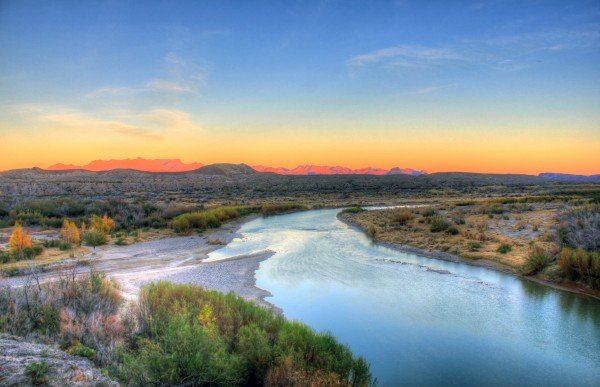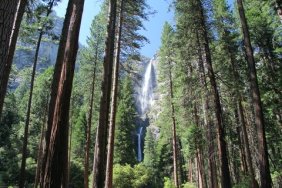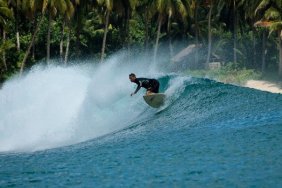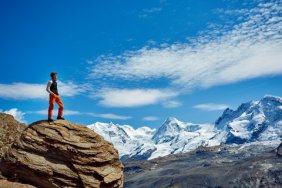North America has a bounty of beauty in its National Parks. Some welcome thousands of visitors each summer, while others are lesser known and offer more solitude.
If camping, hiking, and simply enjoying the wonders of nature are high on your priority list, here are five National Parks to discover.
Channel Islands National Park
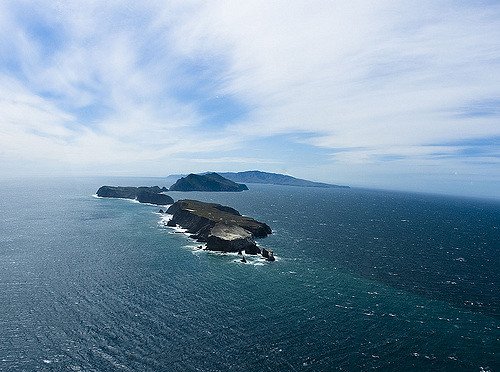
Channel Islands National Park consists of five islands off the coast of southern California. These islands are so isolated that they house over 150 unique species of plants and animals not found anywhere else in the world! Close to the California mainland, the park encompasses five of the eight California Channel Islands – Anacapa, Santa Cruz, Santa Rosa, San Miguel, and Santa Barbara and their magnificent ocean environments. The park harbors biologic diversity of nearly 2500 miles of the west coast, and as home to more than 2000 plant and animal species protects a wealth of both natural and cultural resources.
Photo credit: Flickr CC
The Badlands

The Badlands are home to one of the greatest fossil beds in the world, and this rugged national park is a well-kept secret of middle-America. Dramatic rock structures, prairie grasses and rolling plains invite hiking, and there are two designated campgrounds available in the park, Cedar Pass Campground and Sage Creek Primitive Campground, both with a 14-day limit. The vast fossil beds prove that South Dakota was the place to be a few million years ago! Today the park is a draw for those interested in otherworldly geologic formations, wide-open stretches of verdant prairie, and night skies brilliantly lit by thousands of stars.
Photo credit: Flickr CC
Big Bend National Park
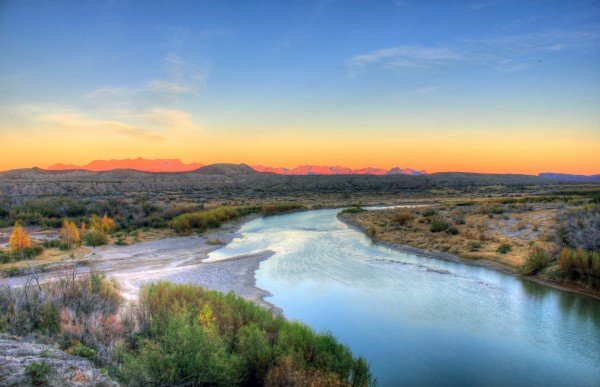
Big Bend National Park is a great place to catch a sunset, and is a hiker and rock climber’s dream. Ardent amblers have discovered this Texas treasure and the park has seen an upsurge of visitors, averaging 300,000 annually – with many enjoying it during winter months since there’s rarely snow here. Scenic vistas and diverse wildlife, historic sites and border culture draw explorers. There are three developed campgrounds, including the Rio Grande Village RV Campground with full hook-ups. The National Park Service also operates Chiso Basin Campground and the Cottonwood Campground near the Castolon Historic District.
Photo credit: Good Free Photos
Hawaii Volcanoes National Park
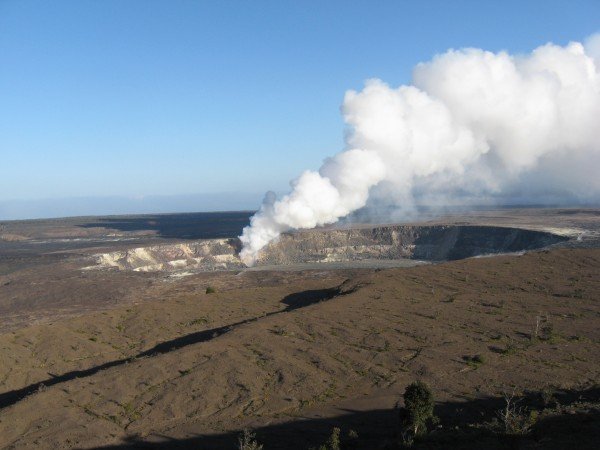
Hawaii Volcanoes National Park is a combination of beauty and a living course in earth science where visitors can experience evolution first hand! Scientists and casual observers can explore astonishing geographical features – cinder cones, glowing pit craters, rivers of lava, and fountains of splatter. The islands of Hawaii consist of five volcanoes that are part of a chain of islands created over a 70-million-year period by movement of the ocean floor over a hot spot in the earth’s mantle that forced molten rock to rise – from more than sixty miles beneath the ocean floor. That movement continues today and is fueling the continuous eruptions of Kilauea Volcano within the park and the periodic eruptions at Mauna Loa.
Photo credit: Wikimedia
Redwood National and State Park
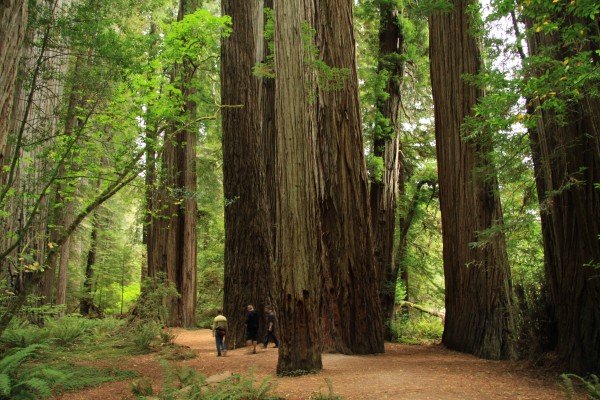
Ecological diversity is on display at Redwood National and State Park, a designated World Heritage Site and International Biosphere Reserve. Some visitors come just to see the redwoods – the world’s tallest trees, some between 500 and 700 years old and a few estimated to be 2000 years old. But while they are magnificent, those trees are just one species in an incredibly varied ecosystem. There is an interconnected community of greenery here from the salt-tolerant Sitka spruce thriving by the seaside to the shady and moist redwood groves and the open areas of sunny grasslands. The strong survive a long time here! Park visitors can marvel at the wildlife as well: California sea lions, giant green sea anemone, bald eagles, and Roosevelt elk.
Photo credit: Wikipedia
